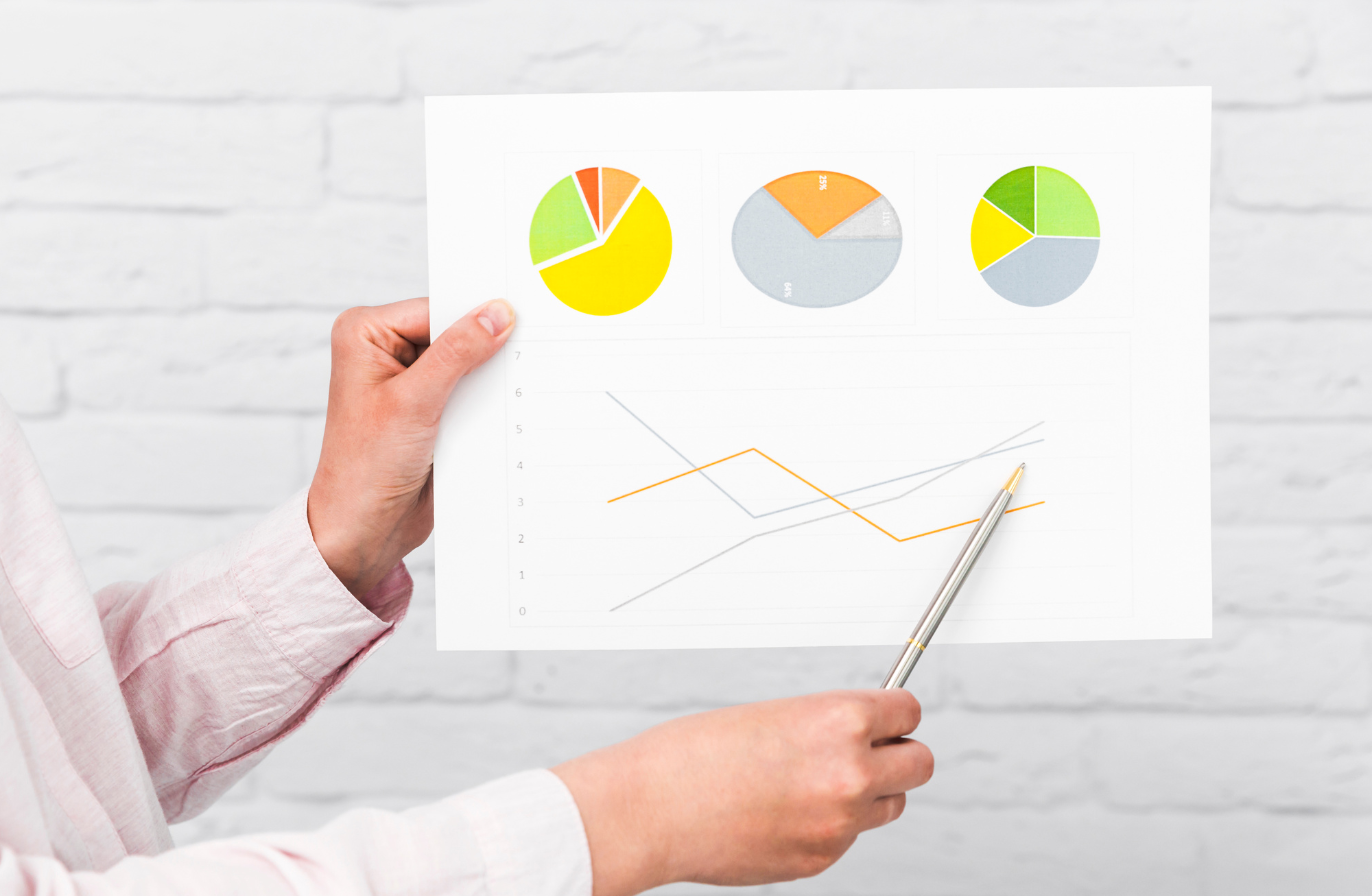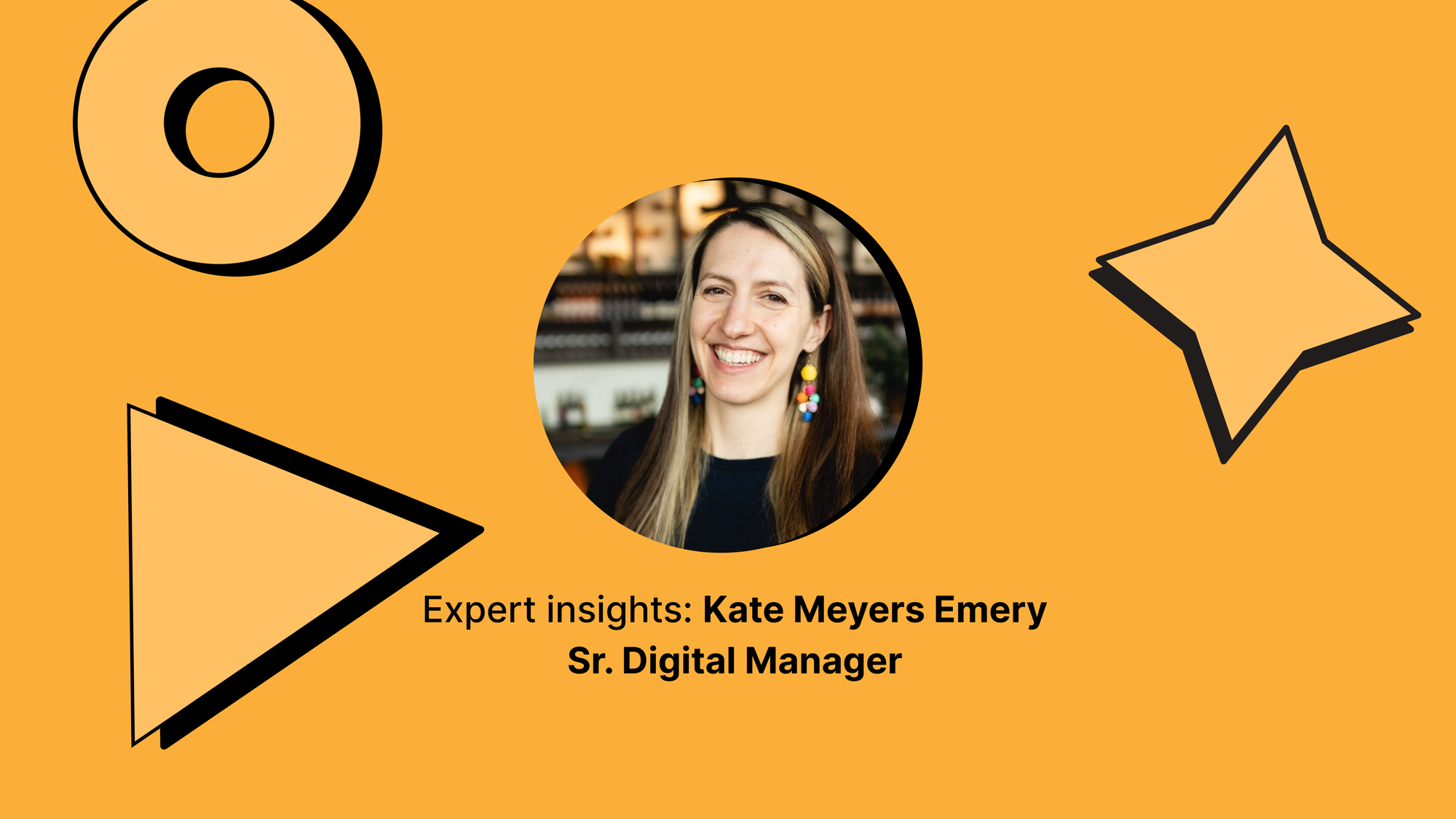B2B vs B2C Marketing: Key Differences And Best Practices To Drive Business Growth
Discover key differences between B2B vs B2C marketing. Learn which strategy is more suited for your business and start driving better results.

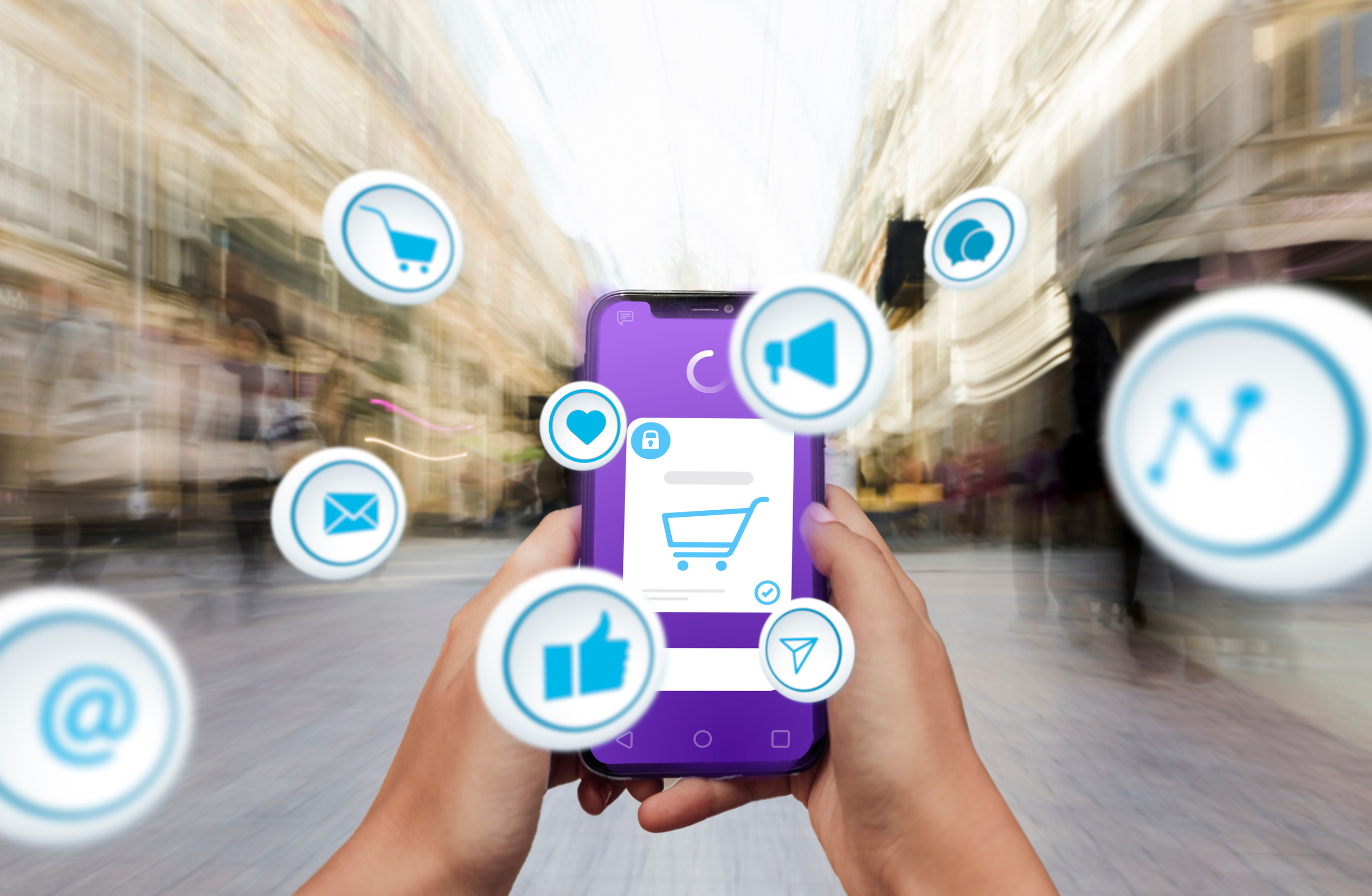
Social media marketing isn’t one-size-fits-all—what works for B2B brands won’t always click for B2C audiences. B2B marketing is all about building trust, educating decision-makers, and nurturing long-term relationships, while B2C thrives on quick engagement, emotional connections, and impulse-driven actions.
To stand out, brands need the right approach. From LinkedIn for B2B networking to Instagram for B2C buzz, knowing what works for your audience is the key to success. Let’s dive into the key differences and best strategies to maximize your impact.
Takeaways:
- What are the main differences when approaching B2B vs B2C marketing - in terms of buyer persona's profilation, positioning strategie most important metrics for performance evaluation and more.
- Tips on how to approach marketing for each segment, from best-performing channels and content types.
B2B vs B2C marketing: Key differences
When comparing B2C vs B2B marketing, the differences go beyond just the target audience. B2B and B2C marketing requires different approaches in branding, messaging, buyer journey, and customer relationships.
Let’s break down the major distinctions between B2B marketing vs B2C marketing and how they impact business strategies.
- Target Audience
B2B: Businesses, executives, and decision-makers focused on return on investemt and efficiency. Decisions involve extensive research and multiple stakeholders.
B2C: Individual consumers driven by personal needs, emotions, and brand influence. Purchases are often impulsive.
- Branding
B2B: Emphasizes trust, expertise, and industry authority through case studies, whitepapers, and webinars.
B2C: Focuses on emotional appeal, storytelling, and aesthetics to build strong customer connections.
- Messaging
B2B: Logical, informative, and data-driven. Highlights problem-solving and ROI.
B2C: Engaging, emotional, and direct. Uses storytelling and urgency to influence buyers.
- Buyer Journey & Decision-Making
B2B: Longer and structured, involving research, multiple decision-makers, and negotiations.
B2C: Shorter and quicker, influenced by personal preferences, brand reputation, and promotions.
- Customer Relationships
B2B: Long-term focus with account management and personalized support.
B2C: Transactional, driven by brand loyalty and engagement strategies like loyalty programs.
Business differences between B2B and B2C
When it comes to marketing, the strategies employed in Business-to-Business (B2B) and Business-to-Consumer (B2C) sectors differ significantly. These differences stem from the nature of the audiences, the buying processes, and the relationships businesses aim to build.
Understanding these distinctions is crucial for crafting effective marketing strategies tailored to each model. Below, we explore the key differences between B2B and B2C marketing across various dimensions.
Audience targeting
In B2B marketing, the focus is on reaching decision-makers, stakeholders, and specific roles within organizations. These individuals are often professionals such as procurement managers, CEOs, or department heads who are tasked with making purchasing decisions that align with their company’s goals.
The targeting is precise, as the audience is typically smaller and more niched. Marketers often use account-based marketing (ABM) strategies to tailor their messaging to specific businesses or roles.
In contrast, B2C marketing targets a broader audience, focusing on individual consumers and their preferences. The goal is to appeal to a wide demographic, often segmented by factors like age, gender, income, or lifestyle.
B2C campaigns are designed to resonate emotionally with consumers, encouraging them to make purchases based on personal desires or needs.
Buyer’s profiles
B2B buyers are driven by logic, ROI, and long-term value. Their decisions are often based on how a product or service can improve efficiency, reduce costs, or solve specific business problems.
B2B buyers prioritize reliability, scalability, and risk mitigation, as their choices directly impact their organization’s operations and bottom line. They are less likely to make impulsive decisions and instead rely on detailed research, case studies, and testimonials.
On the other hand, B2C buyers are more emotionally driven. They seek products or services that align with their personal preferences, values, or lifestyles. While factors like price and quality matter, B2C purchases are often influenced by branding, aesthetics, and emotional appeal.
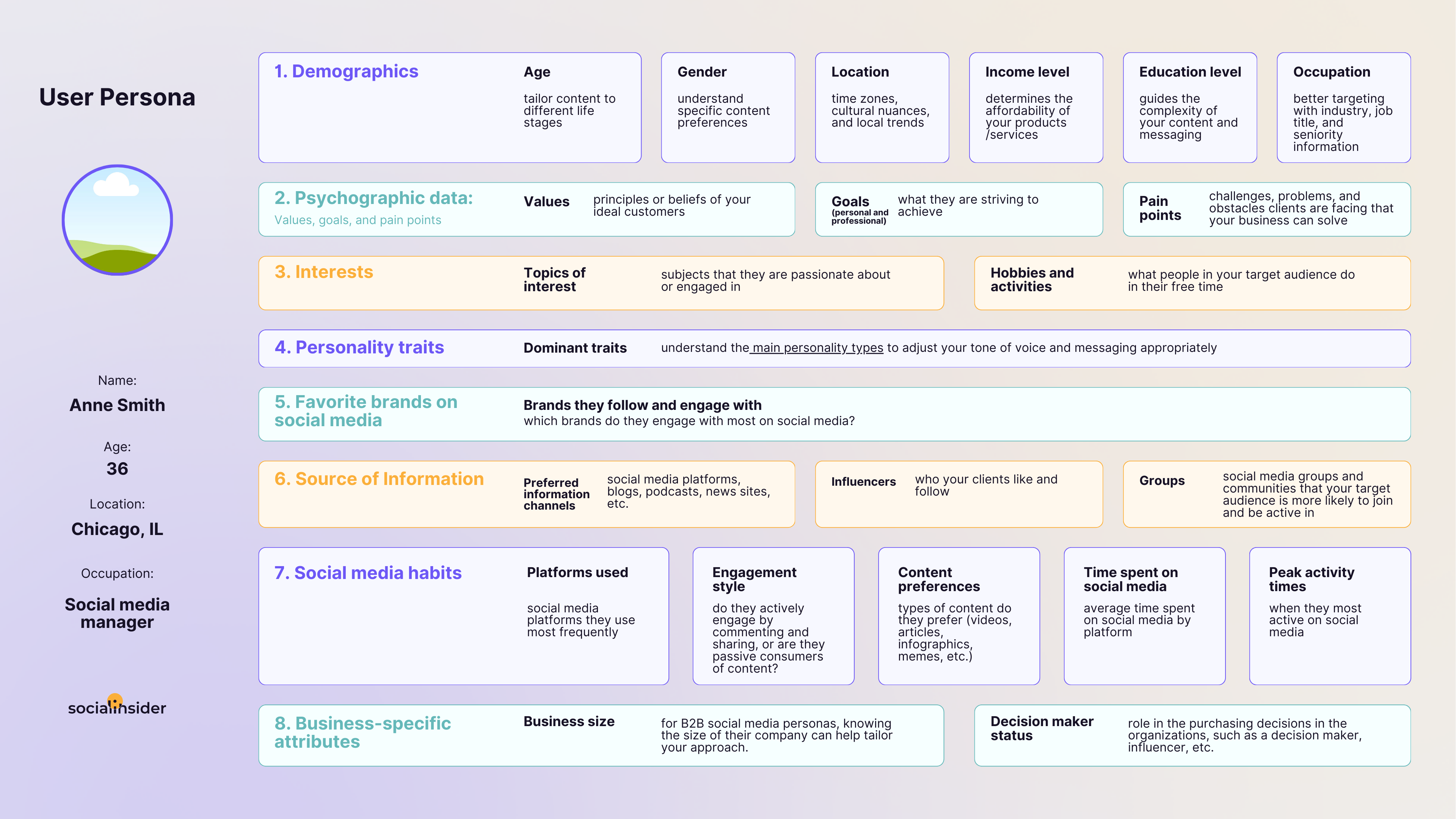
Sales cycles
The sales cycle in B2B marketing is typically longer and more complex. B2B purchases often involve multiple stakeholders, extensive negotiations, and a thorough evaluation of the product or service. The decision-making process is methodical, with an emphasis on ROI, long-term value, and alignment with business objectives.
Marketers must be patient and provide detailed information, such as whitepapers, demos, and case studies, to guide buyers through the process.
In B2C marketing, the sales cycle is shorter and more straightforward. Consumers are more likely to make impulse purchases or buy based on immediate needs.
Emotional triggers, such as limited-time offers or persuasive advertising, can significantly influence buying decisions. Brand loyalty also plays a key role, as consumers often return to brands they trust or feel connected to.
Brand positioning
In B2B marketing, the focus is on establishing authority and expertise in the market. Brands within this business category aim to position themselves as trusted partners who can deliver reliable, high-quality solutions.
B2B companies approach social media marketing differently than B2C-oriented ones, structuring their content around social media content pillars that aim to reinforce their authority and engagement.
These pillars typically include:
- Educational content: Blog posts, whitepapers, and industry insights to inform and guide decision-makers.
- Thought leadership: CEO opinions, expert insights, and in-depth discussions on industry trends.
- Product & service showcases: Demonstrations, case studies, and testimonials to highlight value propositions.
- Company culture & employer branding: Behind-the-scenes content to attract talent and humanize the brand.
- Community engagement: Participating in industry conversations, responding to queries, and engaging with prospects.
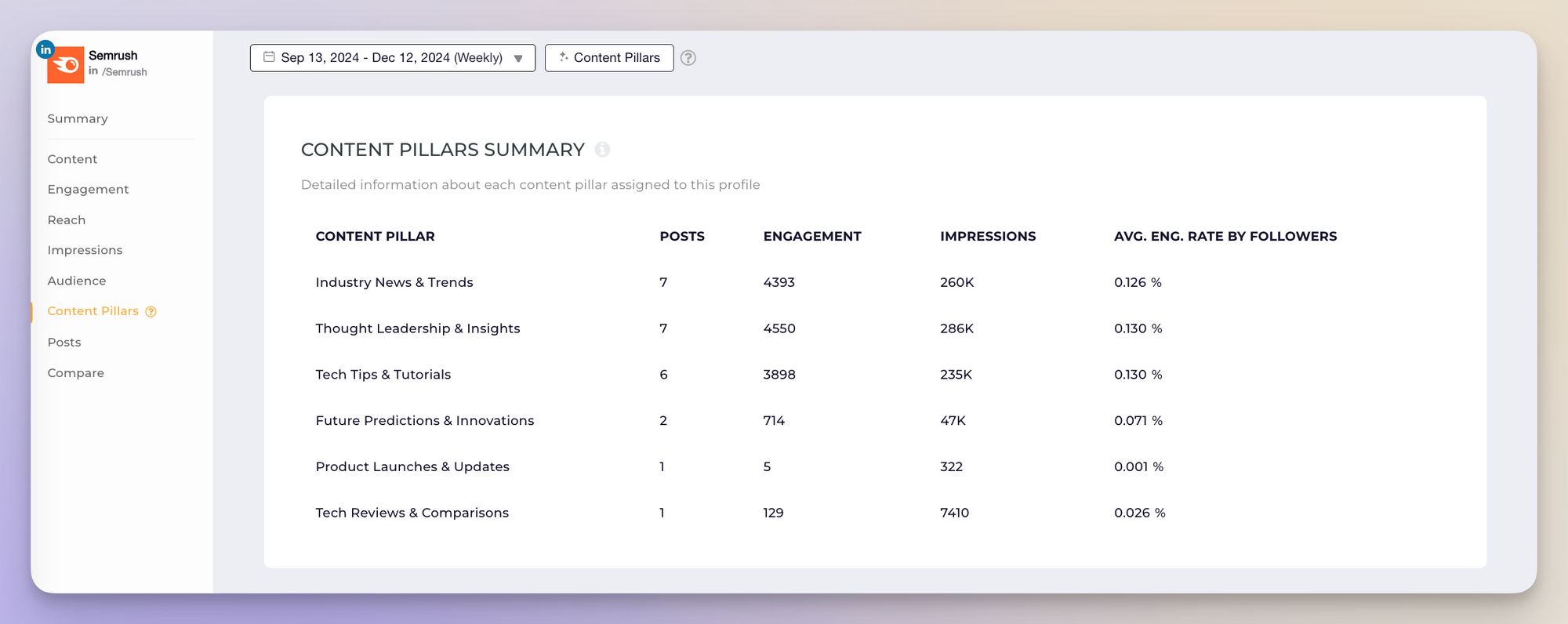
B2B brands focus on data-driven posts, professional discussions, and value-driven engagement on channels like LinkedIn rather than entertainment or viral social media trends.
In B2C marketing, the emphasis is on fostering brand loyalty through emotional connections. B2C brands strive to create a strong identity that resonates with consumers on a personal level.
Storytelling, relatable messaging, and memorable advertising campaigns are common tactics. For instance, a B2C fashion brand might use aspirational imagery and influencer partnerships to appeal to its target audience.
Unlike B2B, B2C social media strategies prioritize visually engaging content, interactive experiences, and trend-driven messaging. Instead of thought leadership, brands focus on lifestyle marketing, entertainment, and community-driven engagement to maintain visibility and loyalty.
Customer relationships
B2B marketing relies heavily on building personal, long-term relationships. Trust and communication are critical since B2B transactions often involve high-value contracts and ongoing partnerships.
Account managers and sales teams play a vital role in nurturing these relationships, ensuring that clients feel supported and valued. Personalized service and tailored solutions are key to maintaining loyalty.
In B2C marketing, relationships are often more transactional. While brand loyalty is important, the interactions between businesses and consumers are typically shorter and less personal.
B2C brands may use loyalty programs, personalized recommendations, or excellent customer service to encourage repeat purchases, but the focus is on delivering a seamless and enjoyable buying experience.
Mediums and messages
B2B marketing is more technical and information-driven. The messaging focuses on a product or service's features, benefits, and ROI. Common mediums include LinkedIn, industry-specific publications, and email campaigns. Content marketing, such as whitepapers, case studies, and webinars, is widely used to educate and inform potential buyers.
B2C marketing, on the other hand, uses more emotional and visually appealing messaging. Brands leverage platforms like Instagram, TikTok, and Facebook to engage consumers with compelling visuals, videos, and storytelling. The goal is to create an emotional connection that drives immediate action, such as purchasing or sharing content with others.
The choice of mediums and messages plays a crucial role in the effectiveness of B2B vs B2C marketing. While B2B marketing relies on technical, data-driven content, B2C marketing is more engaging and entertaining, aiming to capture consumer attention quickly.
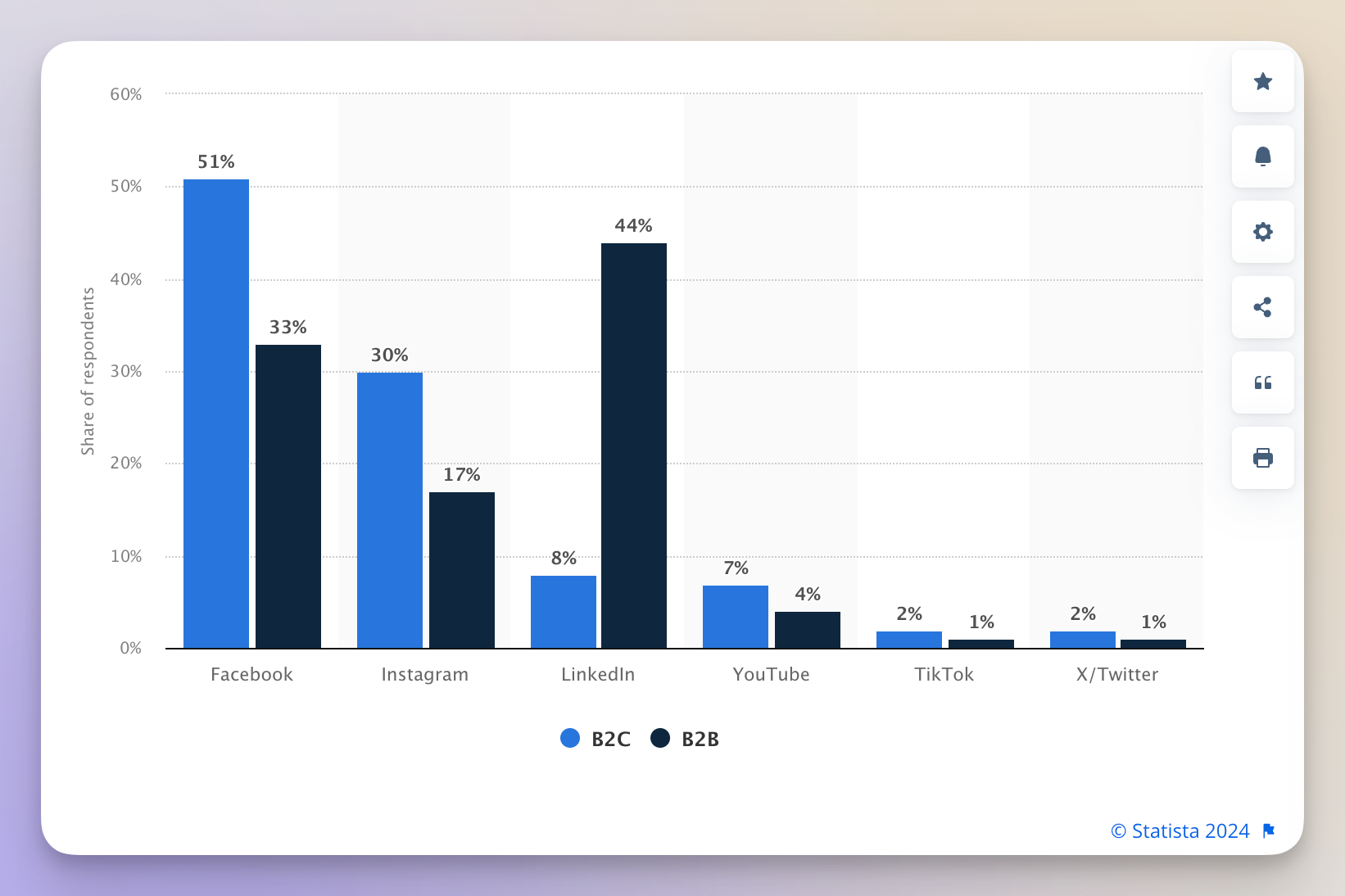
B2B marketing: technical and value-driven approach
In B2B marketing, messaging is focused on expertise, data, and long-term value. The content is structured to educate, inform, and convince decision-makers through logical reasoning rather than emotional appeal.
Top channels and strategies for B2B:
- Content marketing: Whitepapers, case studies, and webinars play a critical role in educating potential buyers and establishing authority in the industry.
- Social media: LinkedIn is the top-performing platform for B2B vs B2C social media strategies, allowing businesses to connect with decision-makers, share industry insights, and run targeted ad campaigns.
- Email marketing: A major focus is on lead nurturing through personalized emails, offering valuable content and insights to guide prospects through the decision-making process.
B2C marketing: entertaining and emotion-driven approach
In B2C marketing, messaging is designed to entertain, evoke emotions, and create an instant connection with consumers. The goal is to capture attention quickly and drive immediate action, whether it’s a purchase, sign-up, or engagement.
Top channels and strategies for B2C:
- Content marketing: A key part of B2C strategies, content is often paired with paid campaigns, especially during product launches, seasonal promotions, and viral marketing efforts.
- Social media: Platforms like TikTok, Instagram, and Facebook dominate B2B vs B2C social media marketing, as they allow brands to engage visually, collaborate with influencers, and run highly targeted ads. Effective social media optimization ensures that content aligns with platform algorithms, trends, and audience behaviors for maximum reach and engagement.
- Email marketing: Promotional offers, discounts, and newsletters are essential parts of a B2C marketing strategy. They keep customers engaged and encourage repeat purchases.
Metrics for success in B2B vs B2C marketing
Measuring success in B2B vs B2C marketing requires different key performance indicators (KPIs), as the goals, customer behavior, and sales cycles vary significantly.
While B2B marketing focuses on lead generation and long-term value, B2C marketing prioritizes sales, engagement, and brand loyalty.
B2B marketing performance metrics
B2B marketing success is determined by how well a company attracts, nurtures, and converts high-value leads.
To evaluate marketing effectiveness, businesses rely on key performance metrics that provide insights into lead generation, conversion, cost efficiency, and customer value.
Leads generated
A lead is a potential business client who has shown interest in a company's product or service, and the number — acquired through marketing efforts is a fundamental indicator of marketing success.
Tracking lead sources—such as organic search, paid ads, social media, and referrals—helps marketers optimize their strategies. High lead volume is beneficial, but lead quality is equally crucial.
Businesses should assess lead scoring models to determine whether the prospects align with the ideal customer profile (ICP) and have a higher probability of conversion.
Conversion rates
The conversion rate measures the percentage of leads that become paying customers. A low conversion rate may indicate issues with lead quality, sales processes, or marketing messaging. Analyzing conversion at different funnel stages helps businesses pinpoint bottlenecks and refine their strategies. A/B testing landing pages, CTAs, and email campaigns can improve conversion efficiency.
Cost per lead (CPL)
CPL determines the cost incurred to acquire each new lead, helping businesses assess the efficiency of their marketing campaigns.
To lower CPL, businesses can refine audience targeting, optimize ad creatives, and leverage inbound marketing tactics like SEO and content marketing.
Comparing CPL across different channels provides insights into the most cost-effective acquisition strategies.
Customer lifetime value (CLV)
CLV estimates the total revenue a business can expect from a single customer over their entire relationship. This metric helps businesses allocate marketing resources effectively and justify long-term customer retention efforts.
Improving CLV involves strategies such as personalized account management, upselling and cross-selling opportunities, and customer success initiatives that enhance satisfaction and reduce churn.
Return on investment (ROI)
ROI evaluates the profitability of marketing activities and helps justify budget allocations. It is calculated by comparing the revenue generated from marketing efforts against the total cost of campaigns.
A positive ROI indicates successful marketing strategies, while a negative ROI signals the need for optimization. Companies should track ROI at both the campaign and overall marketing strategy levels to make data-driven decisions.
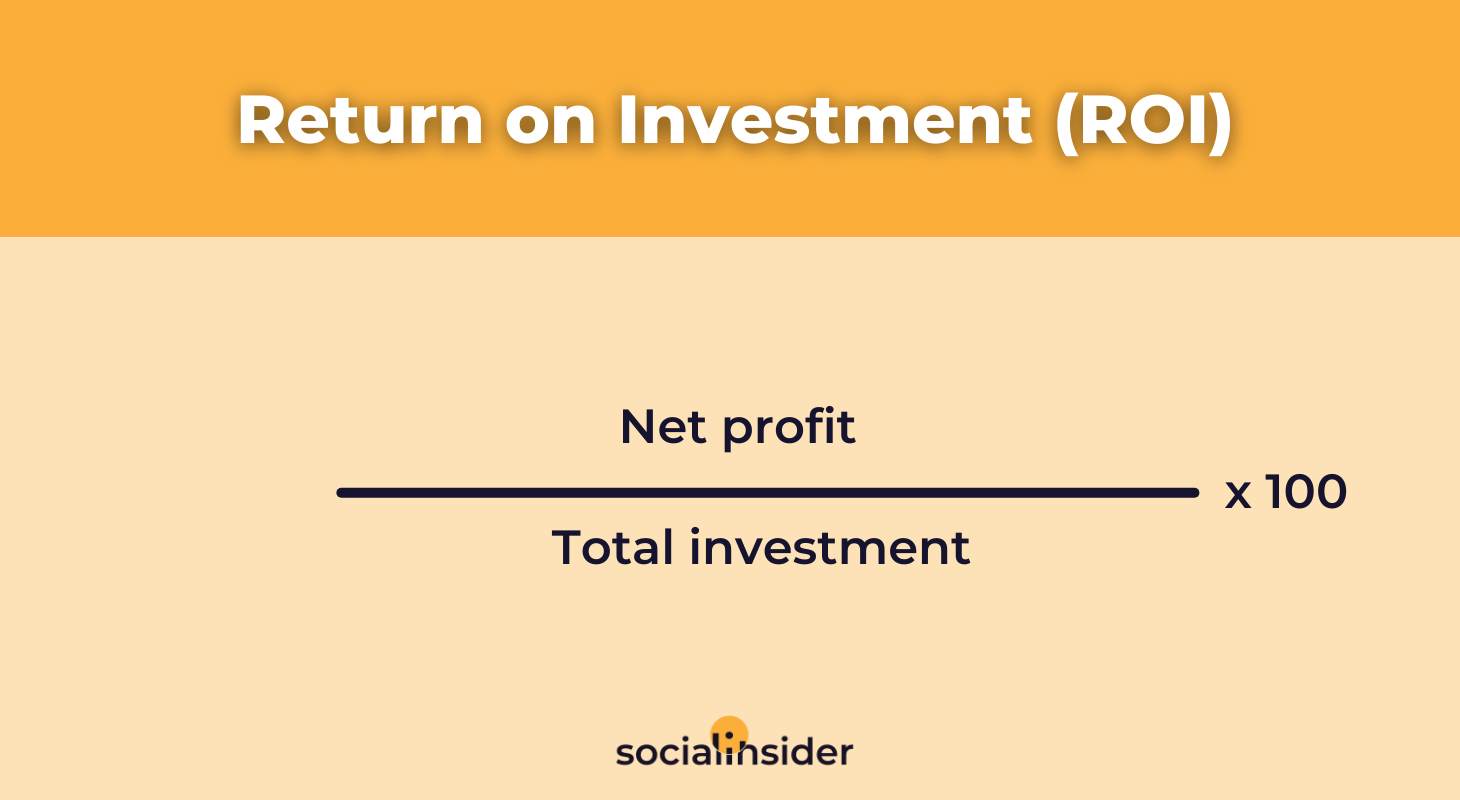
Website traffic
Analyzing website traffic provides insights into brand awareness and audience interest.
Businesses should monitor traffic sources—such as organic search, direct visits, social media, and referrals—to determine which channels drive the most interes.
Metrics like bounce rate, session duration, and page views per visit help assess the effectiveness of website content and user experience.
B2C marketing performance metrics
B2C marketing focuses on short-term conversions, customer engagement, and brand perception. Performance metrics in B2C marketing help brands understand consumer behavior, optimize digital strategies, and improve customer retention.
Sales
Sales revenue is the primary indicator of success in B2C marketing. Tracking revenue growth, transaction volumes, and average order value provides insights into the effectiveness of marketing campaigns.
Businesses should analyze seasonal trends, promotional performance, and consumer purchasing behavior to optimize their sales strategies.
Social media engagement
Social media plays a crucial role in B2C marketing, and engagement metrics—such as likes, shares, comments, and views—help brands assess content performance.
High engagement indicates audience interest and content relevance. To optimize engagement, brands can leverage social media analytics tools to identify best performing channels for different objectives and get insights for strategy optimization, based on the trends revealed.
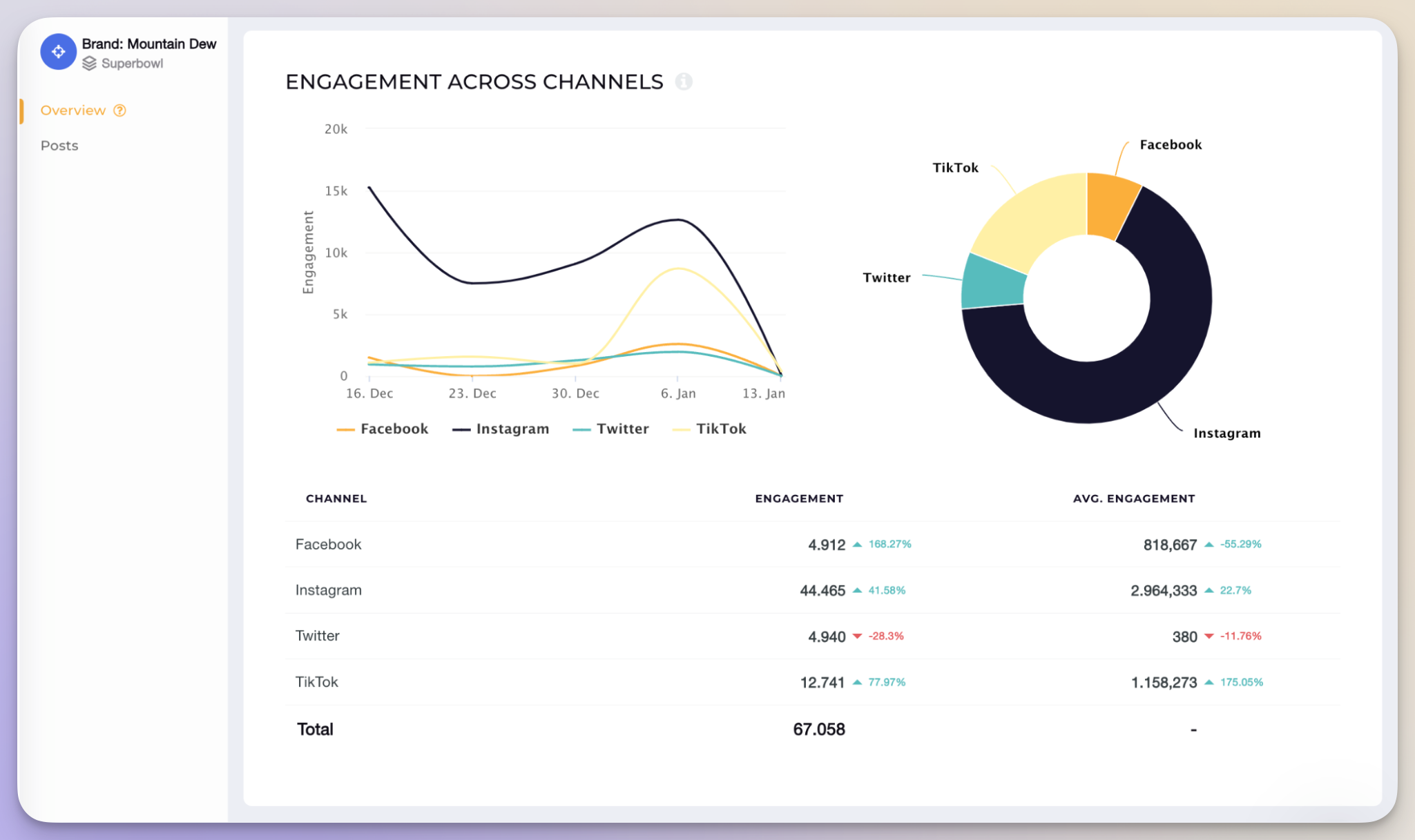
Such platforms not only allow the analysis of performance across channels but also offer insights at a platform level, helping social media managers optimize their content based on the results generated.
For example, according to our Socialinsider data, for Mountain Dew, a particular post generated an above-average engagement on TikTok.
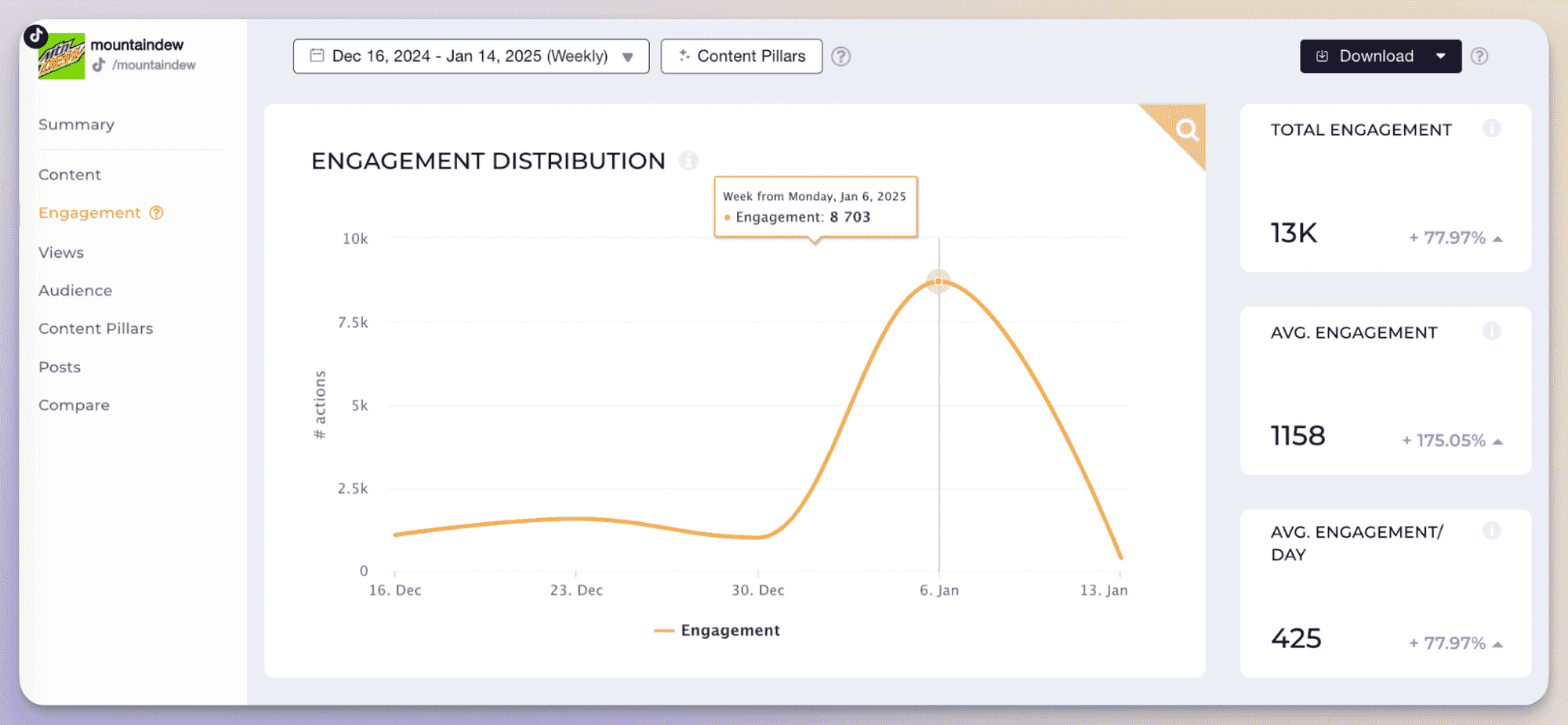
During an extensive content analysis, the data revealed that the post was a TikTok carousel, an insight that aligned with the platform’s current trend of favoring multi-slide content.
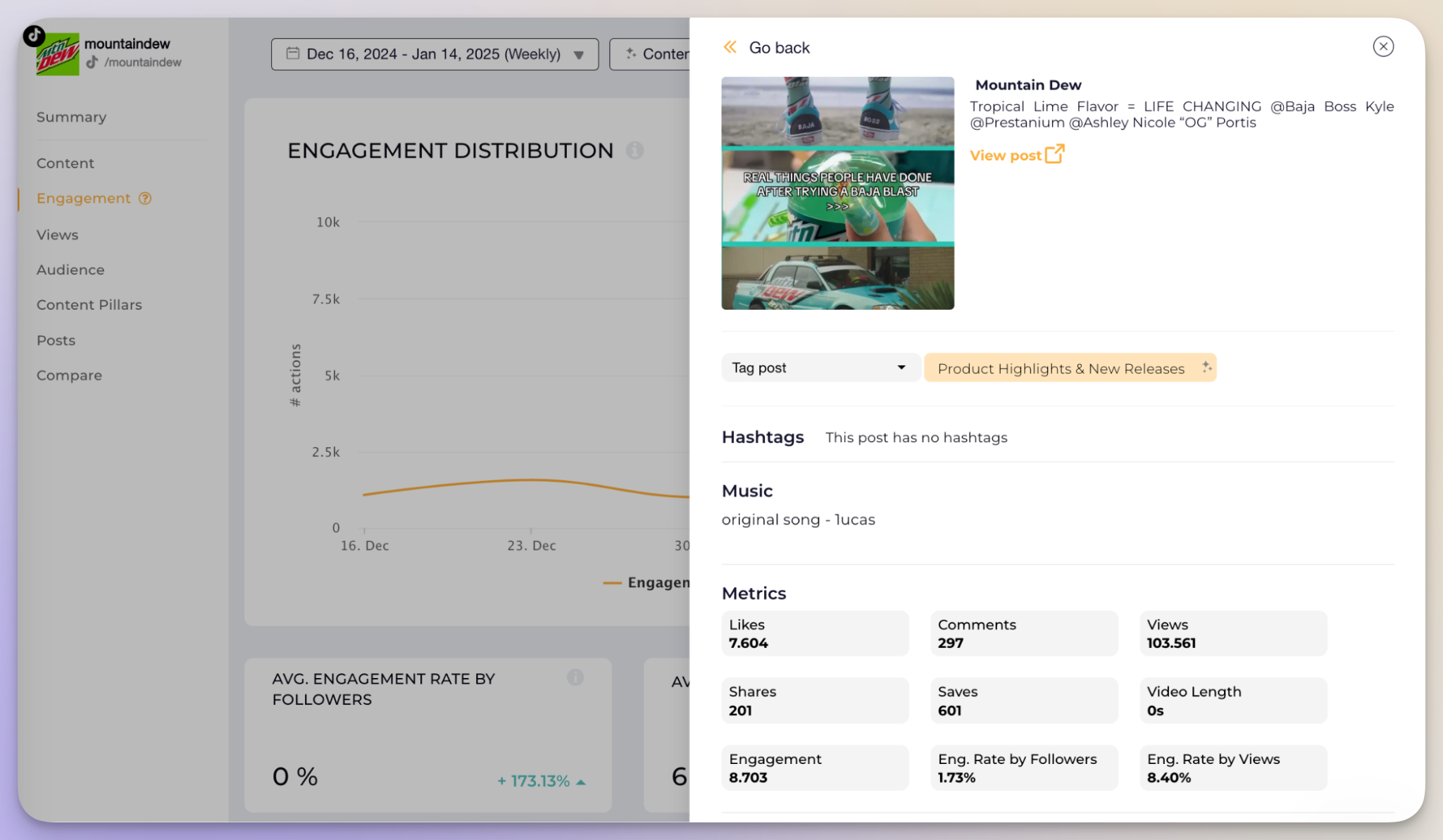
And how do we know this? Well, we researched engagement patterns across platforms and discovered that TikTok carousels get 12% more engagement than videos.
Repeat purchase rate
Repeat purchase rate tracks how often customers return to buy from a brand, indicating loyalty and satisfaction.
Higher repeat purchases suggest a strong brand-consumer relationship. Businesses can improve this metric by enhancing customer experience, offering loyalty programs, and maintaining strong post-purchase engagement through personalized email marketing and retargeting campaigns.
Brand awareness and sentiment
Brand perception influences consumer trust and purchasing decisions. Social listening tools, surveys, and media mentions help businesses assess brand awareness and sentiment.
Monitoring sentiment analysis on social media platforms provides insights into customer opinions, allowing brands to address concerns proactively and enhance their reputation.
Share of voice (SOV)
SOV measures a brand’s presence in the market compared to competitors by analyzing visibility in conversations, search results, and social media. A higher SOV indicates strong market positioning.
Brands can increase their SOV through targeted advertising, influencer partnerships, and strategic content marketing that enhances visibility and consumer engagement.
Final thoughts
While B2B and B2C marketing share some similarities, key differences remain. B2B success depends on trust, expertise, and long-term relationships, with a longer buyer journey requiring research-driven, personalized outreach.
Channels like LinkedIn, content marketing, and email nurturing are essential, while social media content analysis helps refine messaging and engagement.
B2C marketing, on the other hand, focuses on emotional connections, storytelling, and quick conversions. Shorter sales cycles demand attention-grabbing social media content, influencer collaborations, and personalized promotions.
Analyze your competitors in seconds
Track & analyze your competitors and get top social media metrics and more!
You might also like
Improve your social media strategy with Socialinsider!
Use in-depth data to measure your social accounts’ performance, analyze competitors, and gain insights to improve your strategy.

